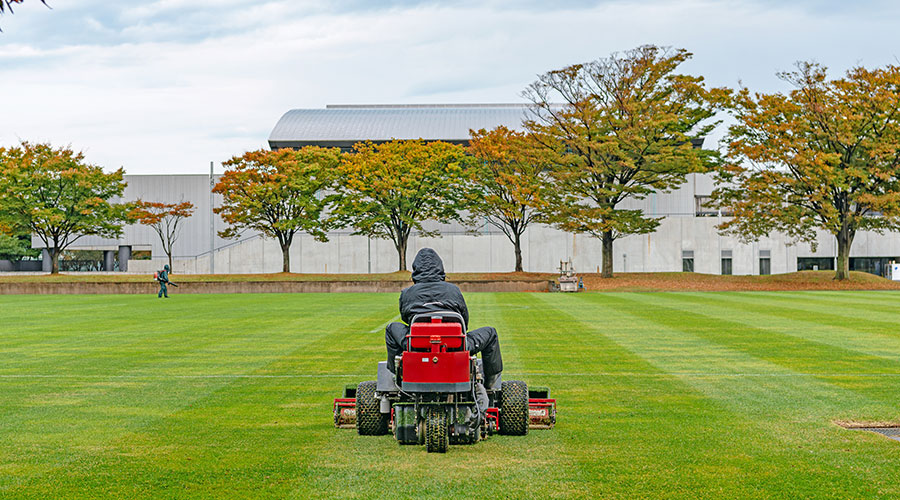Utility Vehicles: Training and Safety
Finally, it is important to remind managers, operators and mechanics about the safe operation of heavy-duty utility vehicles. Training and safety, including proper rollover protection and driver restraints, are important to everyone who specifies or operates these vehicles.
One especially high priority in operating utility vehicles safely involves understanding the way workers use a vehicle, and speed is a primary concern here. In parks and other populated areas, departments might not need a vehicle that can travel 50 miles per hour (mph). Managers should focus on safety, not speed, for this application.
As vehicles get faster and can handle more types of terrain, other considerations become more important. If a situation calls for a 50 mph, four-wheel-drive vehicle, managers must make sure vehicles feature a certified operator protection structure. But when operating the vehicle on flat, smooth, finished surfaces at lower speeds — in the 20 mph range — such precautions might not be necessary.
Where will workers use this vehicle? What is the application? Is occupant safety a major issue? Who will drive the vehicle? By answering these questions, the safety requirements become clear.
Howard Mees is a vice president and the operations and equipment officer for ValleyCrest Landscape Maintenance, a division of Calabasas-Calif.-based ValleyCrest Landscape Companies, the nation's largest integrated landscape-services company.
Related Topics:















